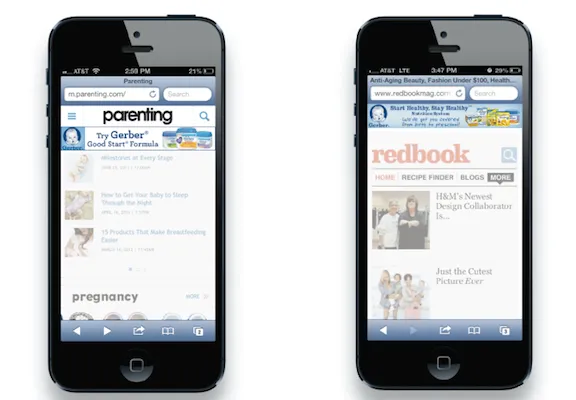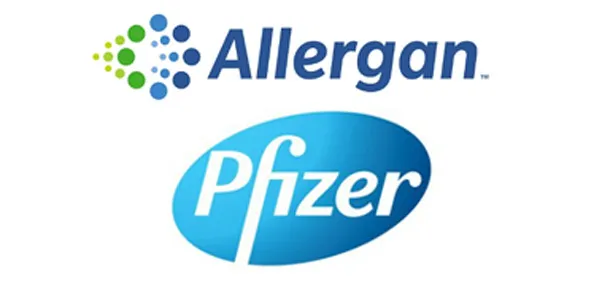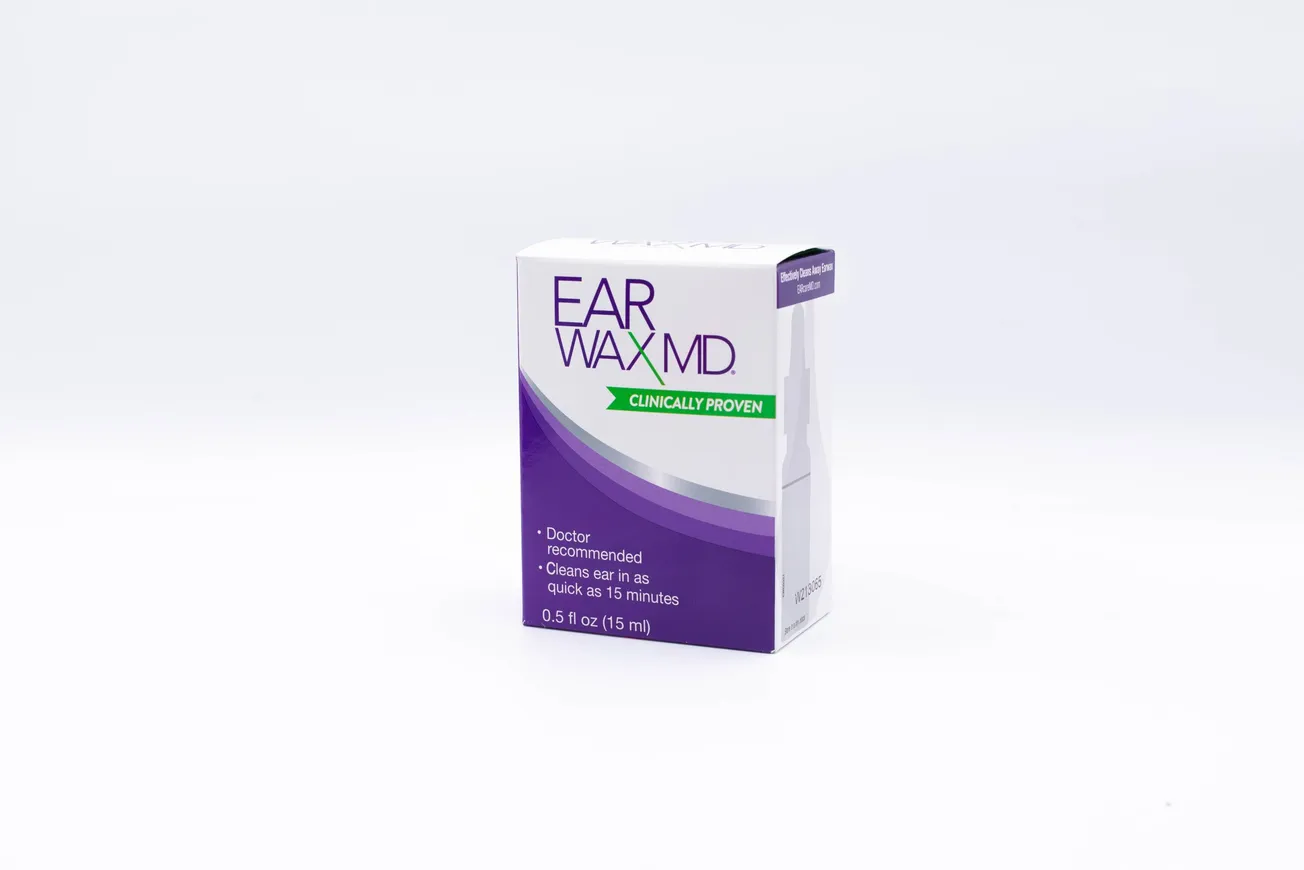In our increasingly mobile world, the changes in consumer behavior include shifts in their shopping habits, from how people first learn about consumer packaged goods to how they follow the path to purchase. Mobile advertising can be a powerful tool at every step.
Tim Jenkins, 4INFO
Retailers face new opportunities to connect with their customers and prospects before, during and after a sale. A carefully planned — and properly measured — mobile ad campaign can deliver a return on ad spend (ROAS) as high as 1,000%. Rite Aid Corp., Walgreen Co., Walmart and Target Corp. have all used audience targeting to conduct mobile campaigns that drive sales. It takes hard data and know-how to target effectively and measure what matters most.
4INFO, a mobile advertising platform provider, recently published the industry’s first campaign benchmarks report based on campaigns run on its platform and measured by Nielsen Catalina Solutions. The data included a total of 83 mobile campaigns for 59 different brands, including CoverGirl, Dentyne, Excedrin, Gas-X, Neosporin, Olay and Visine.
Measured mobile campaigns generated, on average, $500,000 in total sales, with the largest campaign generating nearly $3 million in total in-store sales. When analyzed based on a dollar-per-thousand impressions basis, benchmark campaigns delivered almost $30 in sales per thousand impressions, with a high of $76.33 and a low of $3.09.
Creative matters — a lot. There is considerable disparity in sales impact across creative types. Clearly, promotional/coupon ads drive short-term sales impact greater than any other creative types. While many campaigns focused on brand equity two years ago, promotional/coupon campaigns started trending up as it became clear they were more effective at driving sales.
Video performs even better, pulling sales almost four times harder than traditional banners, but it’s not suitable for every campaign. Cost and reach for video continues to be challenge, so it’s much better suited to higher-ticket products.
Across all of the benchmarked campaigns, the ROAS average is 257%. In other words, for every dollar of media invested in mobile advertising, the benchmarked brands generated $2.57 in incremental sales lift.
Given the increasing mobility of the American consumer, with the right solution and proper use of data, mobile advertising can be the X-factor that truly makes a difference to your bottom line.
The opportunity — and the reluctance to seize it
Consumer adoption and use of smartphones far outpaces traditional and other digital channels. In fact, time spent on mobile devices now exceeds time spent on PCs. In response, CPG marketers have integrated mobile into their media mix, but most have shifted just a fraction of their ad budgets to mobile.
Quite honestly, they are reluctant to fully invest because they don’t know how to determine whether it’s delivering a return on their investment. According to a 2014 Forrester Consulting study, most marketers agree that sales lift and new accounts opened are the top two ways of determining whether an ad budget was well spent. But that’s not what most of them measure when they conduct a mobile campaign.
There’s no shortage of attribution approaches and metrics, along with companies claiming some new campaign measurement methodology, analytics or insights. As a result, many marketers find themselves lured by the promise of increased taps, clicks and store visits, none of which indicate actual sales results.
The trick to a successful mobile campaign is knowing how to use hard data about your prospects to deliver the right message at the right time, and then using the right analytics to measure meaningful results.
Real-world examples
Here are three instances where mobile advertising is having an impact:
• An infant and children’s food brand recently began a campaign directed at diaper buyers, based on the age of the child in the household. This highly targeted campaign promotes formula to households with younger babies and toddler food to those with older children.
• A major brand of personal paper products launched a new brand of premium tissue, targeting buyers of a competing product. By targeting its campaign to a select audience, based on past purchasing data, the brand saw a 19% sales lift.
• A major premium coffee manufacturer recently introduced a new product to the single-serve coffee category and wanted to steal share from competitors. It conducted a targeted campaign to increase off-line sales among current category buyers of K-Cups. As a result, the brand saw a 23% lift in purchases from the exposed group. It also saw a 21% increase in penetration, and the ROAS was $8.45.
Avoiding the common pitfalls
To conduct an effective mobile campaign, it’s important to pay attention to the right metrics. While mobile produces eight times as many clicks as desktop, a close examination shows zero correlation between those who click and those who actually buy. In other words, clickers are not buyers.
Similarly, store visits are not conversions, despite the recent trend to count them as such. Store visits are a good early indicator of a campaign’s performance, but a sale is the only true measure of conversion.
Consider a campaign meant to drive aspirin sales. If you count every store visit as a conversion, you have no way of knowing whether your prospects actually purchased aspirin. Perhaps they visited the store for toilet paper instead. You can see how counting store visits can lead to inaccurate results.
Another common pitfall in mobile marketing is putting too much emphasis on location. Yes, consumers carry their smartphones everywhere, but standing near your store with a smartphone in hand doesn’t make someone a viable prospect.
Think about the person who’s standing next to a drug store that shares a strip center with a yoga studio and a doughnut shop. Is she filling a prescription, hitting the gym or indulging in a chocolate Long John? Location matters, but you need to couple it with hard data about your prospects — past purchasing history, for example — to ensure that you are only targeting people in those locations who matter.
This kind of data is available, but not every mobile ad provider knows how to access it. Make sure you’re working with one that does. You need the ability to see what’s boosting sales and access to data that helps ensure you’re sending a tailored message to the right customers at the right time. That’s what ultimately drives results and gives you a healthy return on your ad spend.
Measuring what matters: Sales lift
In order to calculate ROAS based on sales lift, you need to be able to tie mobile ad viewers to offline transaction data and attribute specific purchases to the people exposed to the ad campaign. Then you divide the sales lift amount by your mobile ad campaign costs, multiply this by 100, and that will give you your ROAS. For example, a 257% ROAS means for every dollar you spent on media, you generated $2.57 in incremental sales lift.
The trick is how you determine your sales lift. Both the people who saw the mobile ad and the people who did not see it will make purchases. So you need to be able to compare the sales resulting from those who weren’t exposed to the mobile advertising with the sales of those who were exposed to the ad. That provides the true incremental sales lift resulting from the advertising.
What to expect from the mobile ad platform provider
How you conduct a successful campaign depends largely on who helps you plan it and execute it. Choose a mobile advertising platform provider that understands and is able to do the following:
• Target your audience with precision and scale, then use location to determine context.
• Use store visits as an indicator of campaign response, but evaluate the campaign results based on actual sales generated.
• Design mobile ads that are appropriate for the given context and serve them accordingly. (Don’t simply repurpose creative from other media.) Consider not only rich media, video and interstitial but also more basic forms such as banner ads.
• Use traditional tap-and-click KPIs (key performance indicators) as useful indicators of engagement, but not to determine your media spend.
By measuring what matters most, you can determine with certainty your return on mobile ad spend. And that will give you the knowledge you need to optimize your campaigns, along with the confidence you need to fully invest appropriately in the fast-growing medium of mobile advertising.
Tim Jenkins is chief executive officer of 4INFO, a mobile advertising platform provider. Contact him at tjenkins@4info.com.









